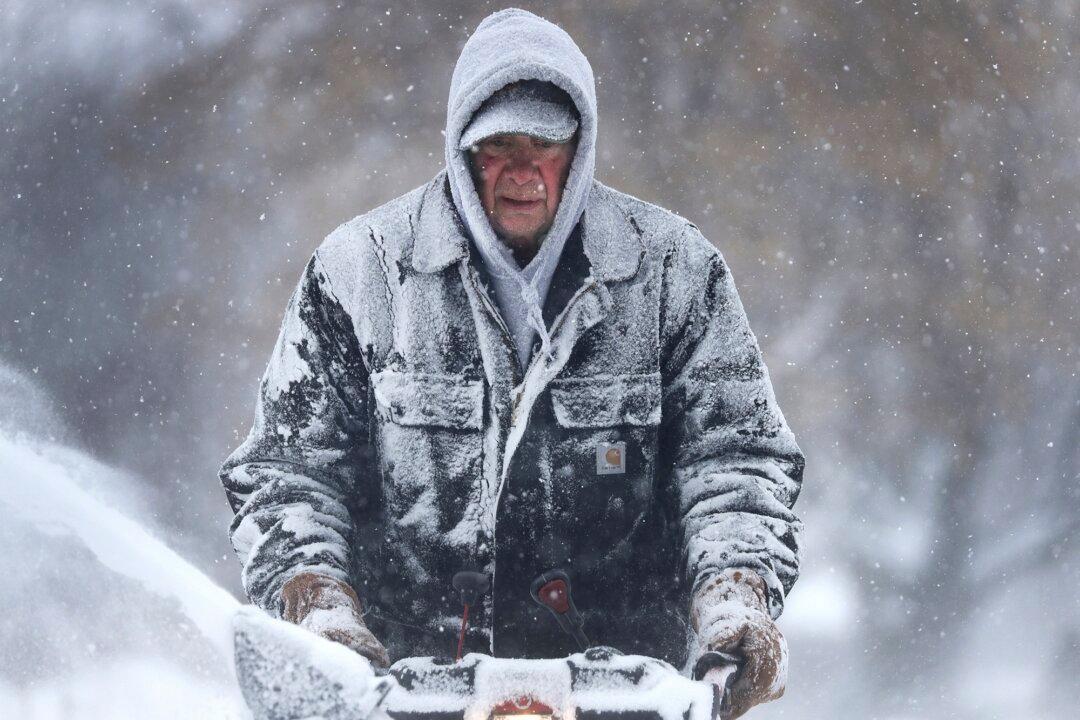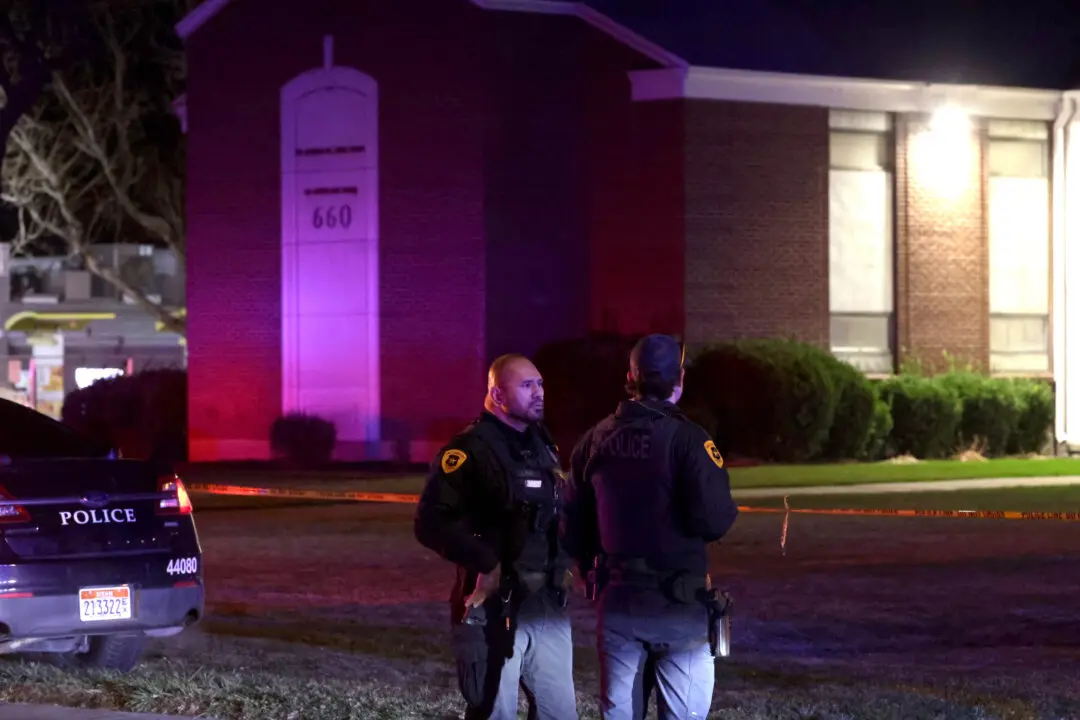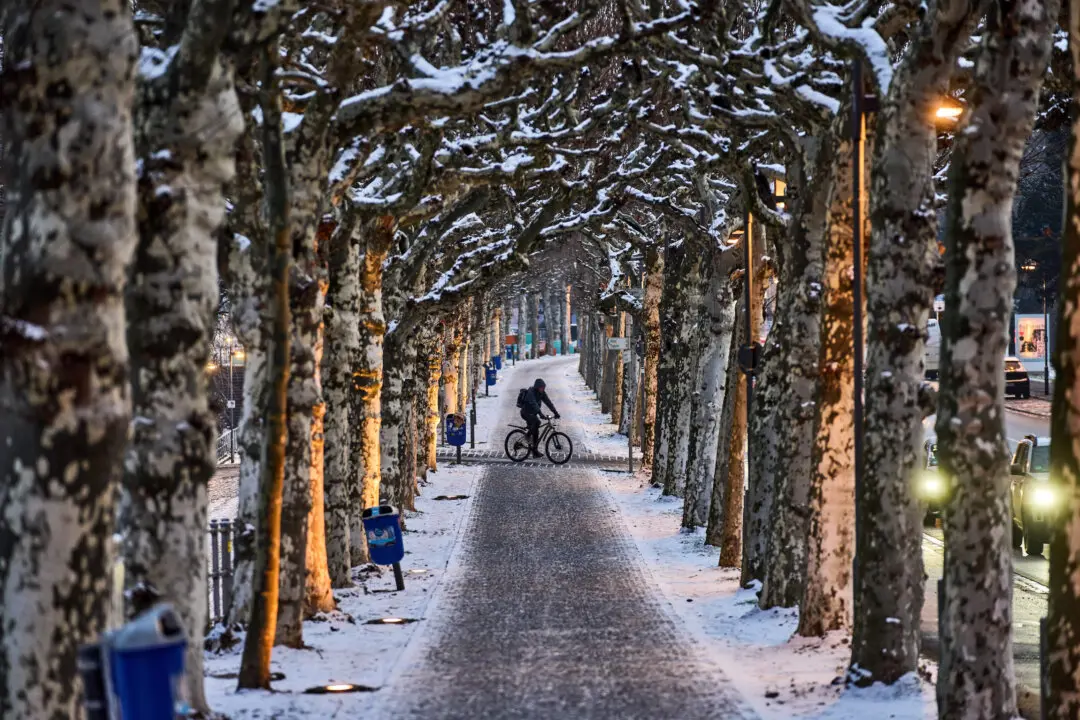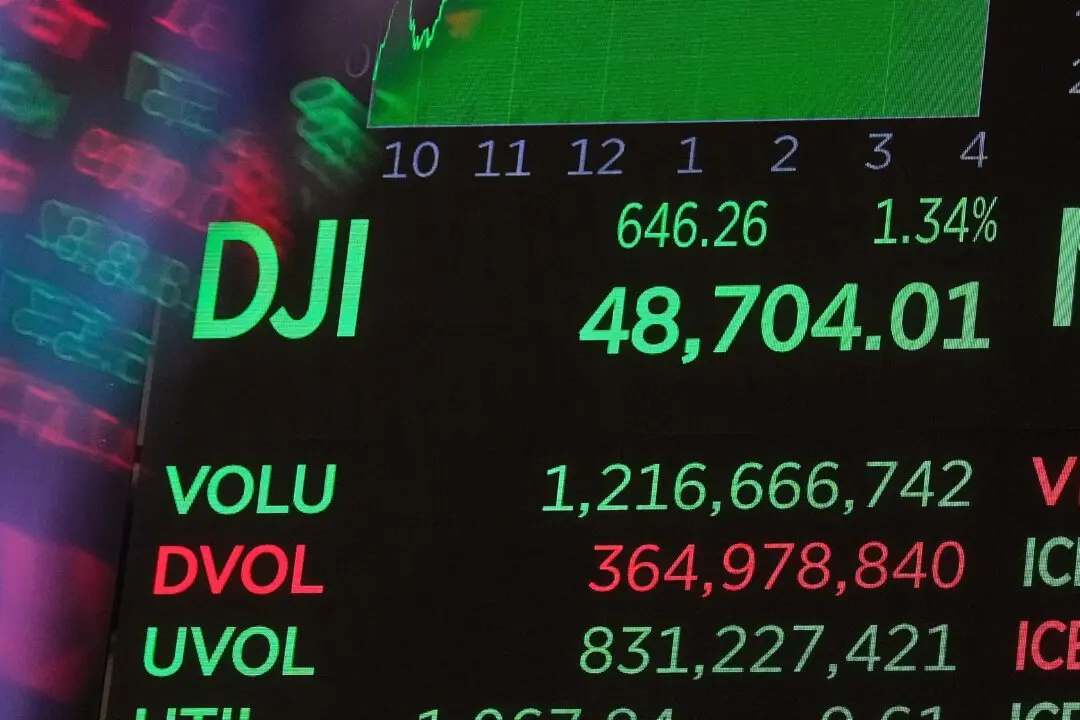CHICAGO—The painfully cold weather system that put much of the Midwest into a historic deep freeze was expected to ease on Thursday, Jan. 31, though temperatures still tumbled to record lows in some places.
Disruptions caused by the cold will persist, too, including power outages and canceled flights and trains. Crews in Detroit will need days to repair water mains that burst on Wednesday, Jan. 30, and other pipes can still burst in persistent subzero temperatures.





